How to Maximize Efficiency in Construction Using the Top Climber Mast Climbing System
In the rapidly evolving construction industry, maximizing efficiency is paramount to meeting project deadlines and budget constraints. According to a report by the McKinsey Global Institute, construction productivity has stagnated over the past two decades, leading to increased costs and project delays. The adoption of advanced technologies and innovative systems is crucial in addressing these challenges.
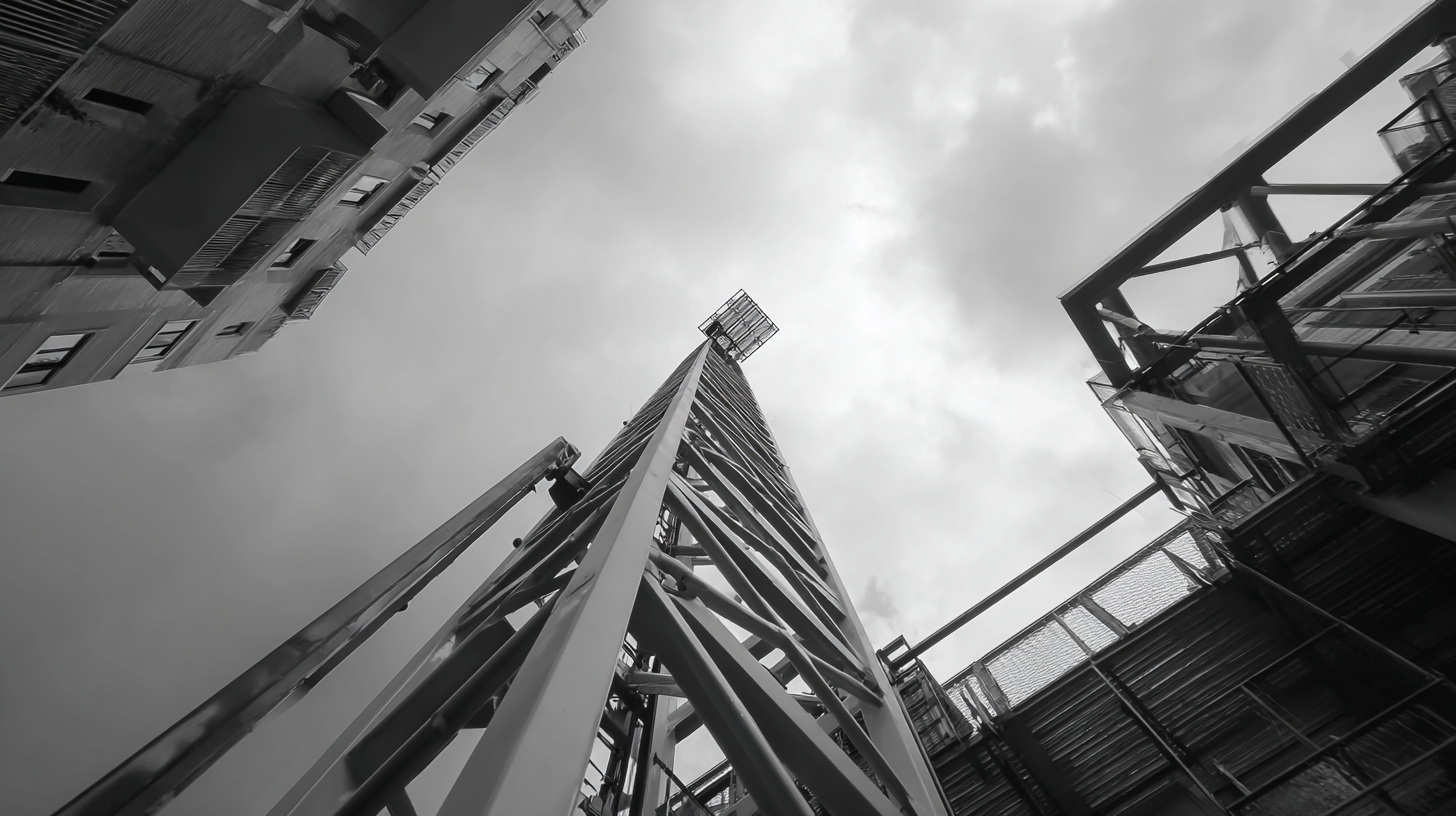
One such solution is the Top Climber Mast Climbing System, which offers significant advantages in terms of speed and safety on construction sites. By utilizing this cutting-edge system, contractors can streamline workflows, reduce labor costs, and enhance material handling efficiency.
Recent industry studies indicate that projects leveraging mast climbing technology can see a productivity increase of up to 25%, underscoring the importance of integrating such systems into modern construction practices. As the sector continues to recover and adapt post-pandemic, embracing efficient solutions like the Top Climber Mast Climbing System becomes essential for achieving competitive advantage and ensuring project success.
Understanding the Top Climber Mast Climbing System and Its Benefits
In the fast-evolving construction industry, maximizing efficiency is paramount, and the Top Climber Mast Climbing System stands at the forefront of this transformation. This innovative system enhances productivity by providing a stable and reliable platform that moves vertically with the building's progress.
Unlike traditional scaffolding, which can be cumbersome and time-consuming to set up, the mast climbing system facilitates seamless access to high-rise structures, allowing workers to focus on their tasks rather than logistics.
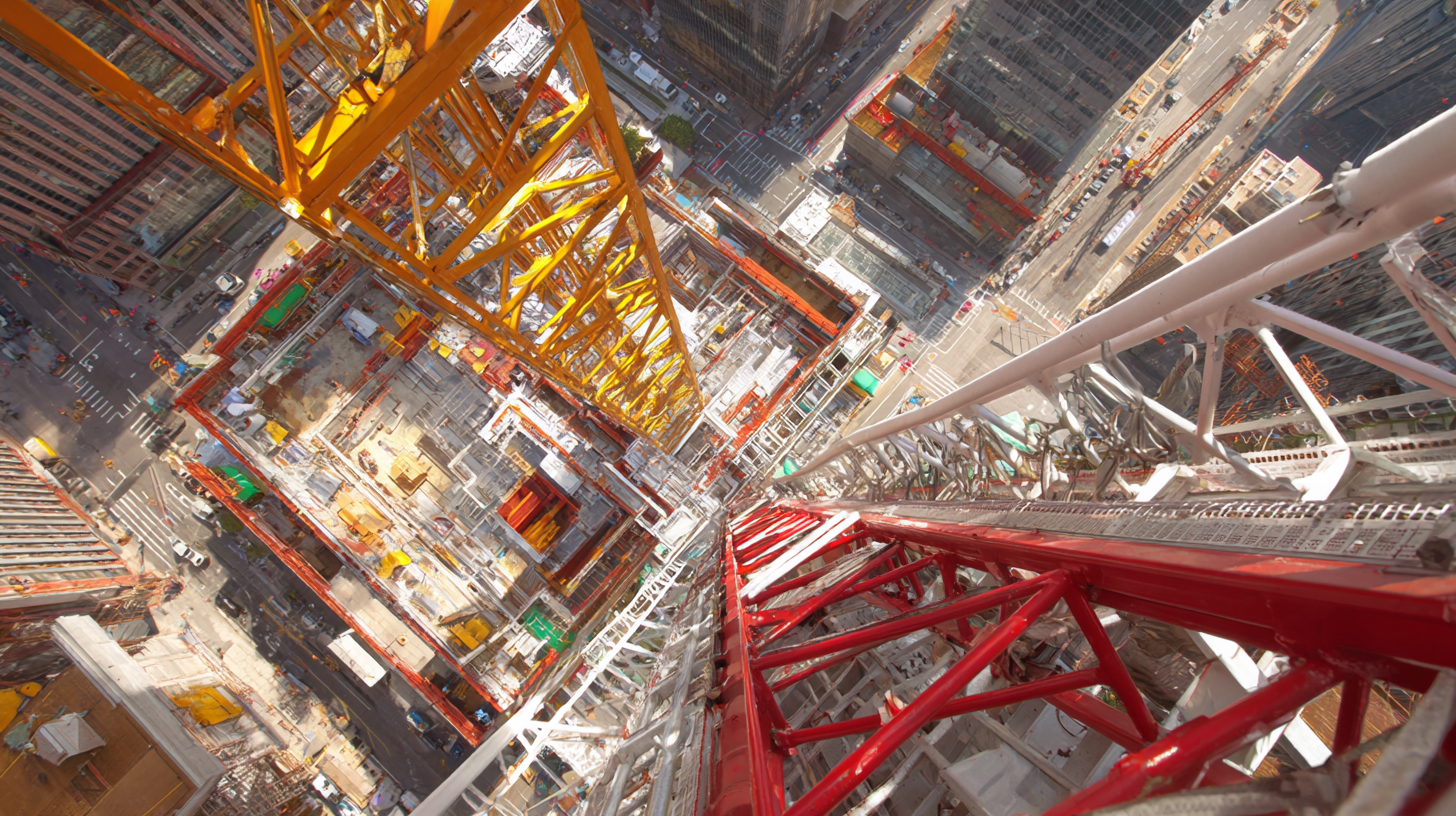
According to recent reports, the global scaffolding market is projected to reach an impressive $70.8 billion by 2027, highlighting the growing demand for advanced construction solutions. The Top Climber system not only contributes to this trend but also addresses the need for safer work environments. With its design, it minimizes the risk of falls, which is crucial in high-rise construction, where safety is a priority.
As seen in the inspiring story of Rep. Brian Mast, who ascended 2,226 stairs to reach heights of over 104 stories, the importance of efficient vertical movement in construction cannot be overstated. Embracing such technology can revolutionize how projects are executed and ultimately drive significant gains in efficiency across the sector.
Key Features of the Top Climber That Enhance Construction Efficiency
The Top Climber Mast Climbing System
is an innovative solution designed to enhance efficiency in construction projects. One of its key features is its adjustable height capability, which allows workers to effortlessly adapt to various building dimensions. This flexibility not only reduces the need for frequent ladder adjustments but also minimizes downtime, enabling teams to maintain a steady workflow across multiple levels of the construction site.
Another significant aspect of the Top Climber is its robust safety system. Equipped with guardrails, stability features, and advanced braking systems, the Top Climber ensures worker safety while performing tasks at height. This emphasis on safety leads to higher productivity, as construction workers can focus on their tasks without the constant worry of falls or accidents.
Additionally, the integrated load-bearing design allows for the transport of tools and materials directly where they are needed, streamlining operations and further promoting efficiency on construction sites.
Optimizing Worker Safety and Productivity with Mast Climbing Systems
The implementation of mast climbing systems in construction not only enhances efficiency but also prioritizes worker safety and productivity. One of the key advantages of these systems is their ability to provide a stable and secure working platform at various heights. Unlike traditional scaffolding, mast climbers can be adjusted to different elevation levels quickly, reducing the risk associated with ladders and other temporary structures. This adaptability ensures that workers can perform their tasks in a safer environment, minimizing falls and injuries, which are major concerns in the construction industry.
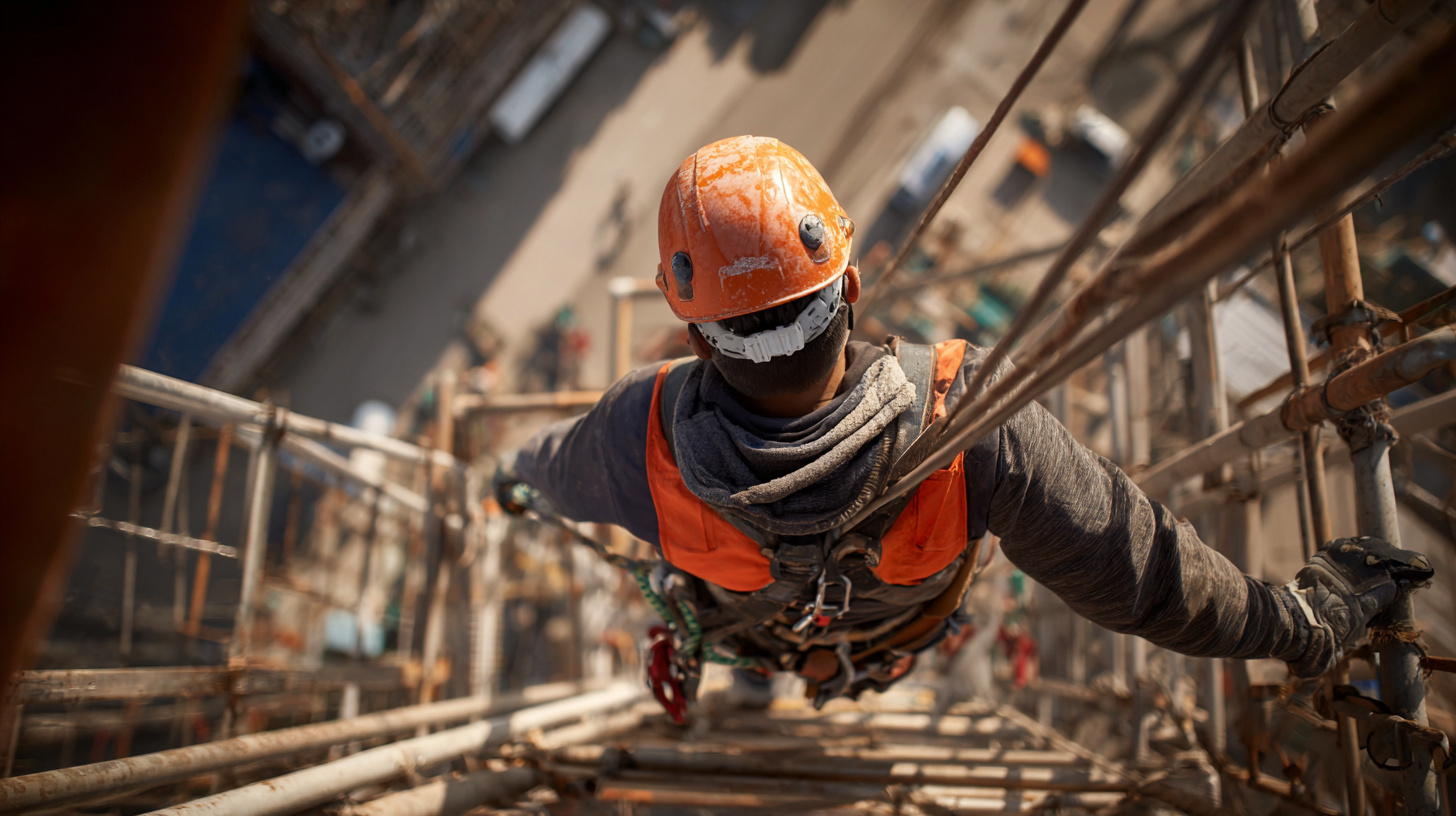
Moreover, mast climbing systems streamline workflow by allowing multiple workers to collaborate at once in a defined space. This setup promotes better communication and coordination among team members, enabling them to complete tasks more swiftly and efficiently. The increased capacity for transporting materials and tools up and down the structure alleviates delays caused by manual lifting and transit. With the dual focus on safety and productivity, adopting mast climbing systems ultimately contributes to a more effective construction process, leading to timely project completions and enhanced worker morale.
Integrating the Top Climber into Your Existing Construction Workflow
Integrating the Top Climber Mast Climbing System into your existing construction workflow can significantly enhance efficiency and productivity on site. According to a report by the Construction Industry Institute, adopting advanced construction technologies can improve project delivery times by up to 30%. The Top Climber system provides a flexible and safe platform for workers, allowing them to operate at various heights with minimal downtime, which translates directly into faster project completion.
When incorporating the Top Climber into your workflow, consider initial training for your crew to maximize its capabilities. A study from the National Center for Construction Education and Research highlights that skilled operators can increase productivity by as much as 20% when using advanced climbing systems. Furthermore, the ability to easily reposition the platform minimizes the need for manual lifting, reducing labor costs and improving workplace safety by lowering the risk of accidents associated with traditional scaffolding methods. Emphasizing proper integration not only streamlines operations but also creates an adaptable environment for future projects.
How to Maximize Efficiency in Construction Using the Top Climber Mast Climbing System - Integrating the Top Climber into Your Existing Construction Workflow
| Construction Phase | Key Benefit | Efficiency Improvement (%) | Integration Challenge |
|---|---|---|---|
| Site Preparation | Faster setup time | 30% | Training new staff |
| Material Handling | Improved safety and reduced labor | 25% | Adapting existing workflows |
| Structural Work | Increased worksite accessibility | 35% | Coordination with other teams |
| Finishing Work | Smoother workflow for high-rise construction | 20% | Space constraints |
| Maintenance | Easier access for repairs | 15% | Routine scheduling |
Best Practices for Maintenance and Operation of the Top Climber System
Maintenance and operation of the Top Climber mast climbing system play a crucial role in maximizing efficiency on construction sites. According to a recent report by the National Institute for Occupational Safety and Health (NIOSH), improper maintenance of climbing systems can lead to accidents that account for approximately 1 in 6 construction-related fatalities. Therefore, adhering to best practices in maintenance is not just about compliance but also about ensuring the safety and efficiency of the construction process.
Regular inspections are vital in ensuring the Top Climber system operates at optimal levels. The manufacturer recommends performing weekly checks on cables, belts, and drive systems, enhancing both the longevity of the equipment and the safety of the workforce. Additionally, utilizing a predictive maintenance schedule can reduce service interruptions by up to 30%, as identified in a study by the Construction Industry Institute (CII). These best practices not only prevent costly downtime but also foster a culture of proactive maintenance, thus enabling construction teams to focus on productivity without the looming threat of equipment failure.
Training operators thoroughly in the best practices for using the Top Climber system can further enhance operational efficiency. Research from the American Society of Civil Engineers (ASCE) indicates that well-trained workers can outperform their less-experienced counterparts by 20% in terms of project timelines. Such statistics emphasize the importance of investing in operator training to ensure that the full potential of the Top Climber system is realized on construction sites.
Related Posts
-
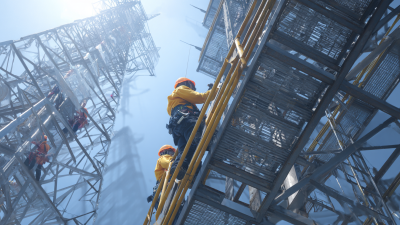
Exploring Innovative Alternatives to Best Mast Climbing Work Platforms Mewps
-

Exploring Innovative Applications of Best American Mast Climbers in Modern Construction Projects
-
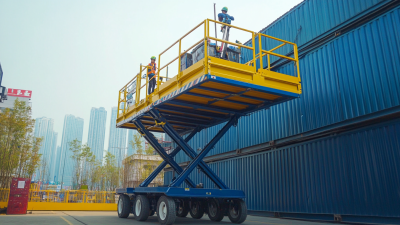
Top Mobile Elevated Work Platform Manufacturers in China at the 137th Canton Fair
-

Finding the Right Supplier for Best Easy Climb Mast Climbers Your Ultimate Guide to Quality and Reliability
-

Mastering Import Export Certifications for Best Dunlop Mast Climbers in Global Procurement
-

Unleashing Efficiency with the Best Mast Climbing System Examples in Modern Construction
